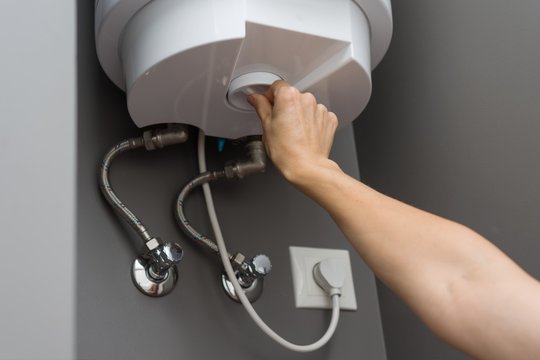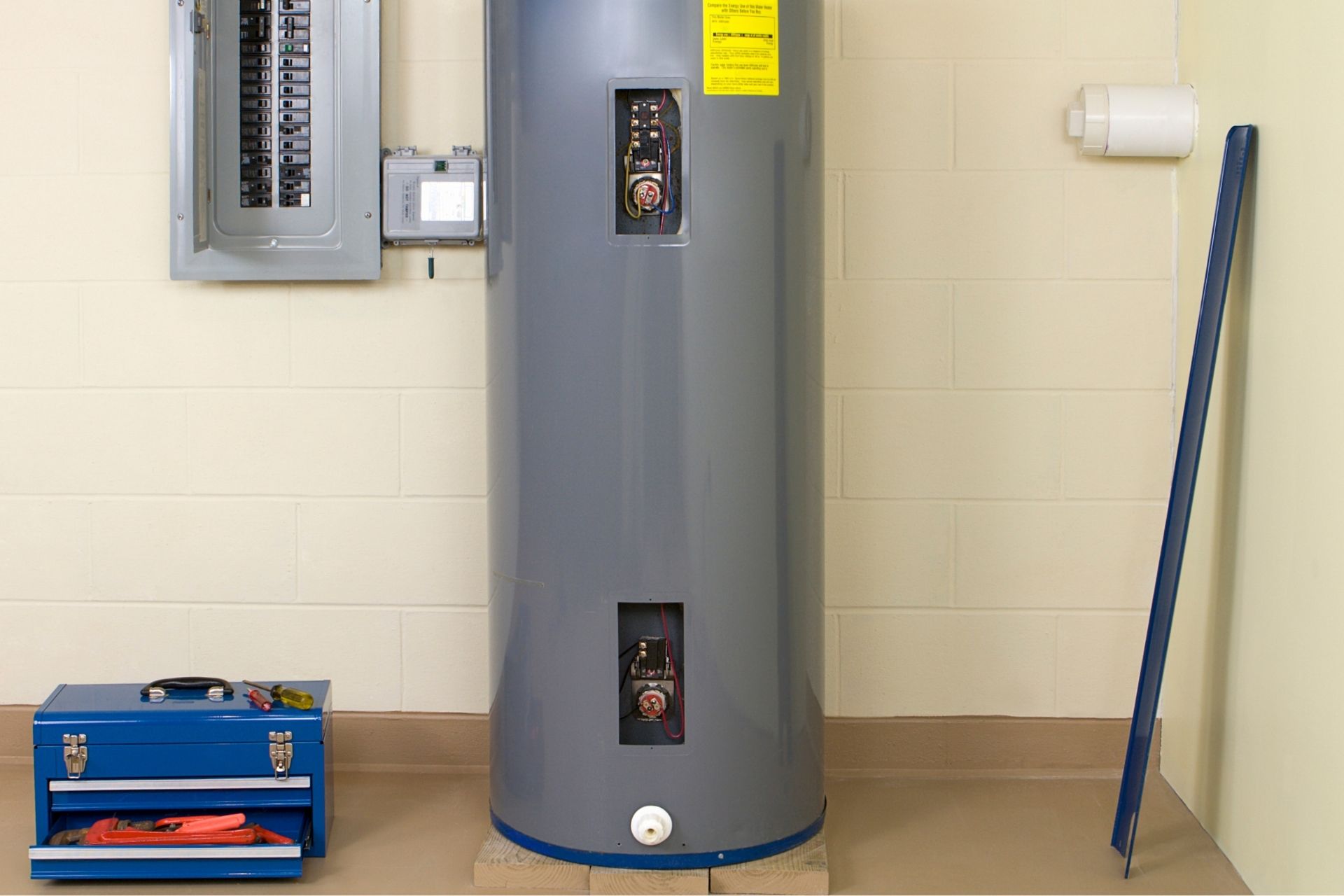Maintaining Your Home's Hot Water System: Essential GuidelinesEfficient Strategies for Maintaining Your Home's Hot Water System
Maintaining Your Home's Hot Water System: Essential GuidelinesEfficient Strategies for Maintaining Your Home's Hot Water System
Blog Article
Were you on the lookout for information around Tips on Maintaining a Water Heater?

Hot water is necessary for everyday convenience, whether it's for a revitalizing shower or cleaning meals. To guarantee your warm water system runs successfully and lasts longer, normal upkeep is key. This post gives practical suggestions and understandings on just how to maintain your home's warm water system to avoid disruptions and costly repairs.
Introduction
Maintaining your home's hot water system might seem challenging, but with a few simple steps, you can ensure it operates efficiently for several years ahead. This overview covers every little thing from recognizing your warm water system to do it yourself upkeep ideas and understanding when to contact expert help.
Significance of Maintaining Your Hot Water System
Regular upkeep not just prolongs the life expectancy of your hot water system but also guarantees it operates efficiently. Neglecting upkeep can bring about lowered effectiveness, higher energy costs, and also early failure of the system.
Signs Your Warm Water System Demands Upkeep
Knowing when your warm water system requires interest can avoid major concerns. Keep an eye out for signs such as irregular water temperature level, unusual noises from the heating system, or corroded water.
Flushing the Hot Water Heater
Purging your water heater eliminates sediment buildup, enhancing effectiveness and extending its life.
Monitoring and Replacing Anode Rods
Anode poles prevent deterioration inside the storage tank. Inspecting and changing them when worn out is critical.
Complicated Problems Requiring Specialist Assistance
Examples consist of significant leaks, electric issues, or if your water heater is constantly underperforming.
Routine Specialist Upkeep Benefits
Specialist maintenance can consist of extensive examinations, tune-ups, and making sure compliance with security standards.
Evaluating and Adjusting Temperature Level Settings
Changing the temperature setups ensures ideal efficiency and safety.
Do It Yourself Tips for Maintenance
You can execute several upkeep tasks on your own to keep your hot water system in leading condition.
Looking for Leaks
On a regular basis examine pipelines and connections for leaks, as these can bring about water damage and greater bills.
Comprehending Your Warm Water System
Before diving right into maintenance tasks, it's handy to understand the standard elements of your hot water system. Commonly, this includes the hot water heater itself, pipes, anode poles, and temperature controls.
Month-to-month Maintenance Tasks
Normal monthly checks can assist capture minor concerns before they rise.
Evaluating Stress Relief Valves
Examining the pressure safety valve ensures it works correctly and stops excessive pressure accumulation.
Insulating Pipes
Protecting warm water pipes minimizes heat loss and can save power.
When to Call a Professional
While do it yourself upkeep is advantageous, some problems call for professional know-how.
Conclusion
Routine upkeep of your home's hot water system is vital for performance, long life, and cost savings. By complying with these pointers and knowing when to seek specialist aid, you can guarantee a trustworthy supply of warm water without unexpected interruptions.
How to Maintain an Instant Hot Water Heater
Before tinkering with your hot water heater, make sure that it’s not powered on. You also have to turn off the main circuit breaker and shut off the main gas line to prevent accidents. Also turn off the water valves connected to your unit to prevent water from flowing into and out of the appliance. 2. When you’re done, you have to detach the purge valves’ caps. These look like the letter “T” and are situated on either side of the water valves. Doing so will release any pressure that has accumulated inside the valves while at the same time avoid hot water from shooting out and burning your skin. 3. When the purge valves’ caps are removed, you have to connect your hosing lines to the valves. Your unit should have come with three hoses but if it didn’t, you can purchase these things from any hardware or home repair shops. You can also get them from retail stores that sell water heating systems. Read the user’s manual and follow it to complete this task properly. When the hosing lines are connected, open the purge port’s valves. 4. You should never use harsh chemical cleaners or solutions when cleaning your unit. Make use of white vinegar instead. It should be undiluted and you’ll probably use about 2 gallons. 5. Now flush your water heater. This task should probably take about 40 minutes. We can’t give you specific directions for this because the procedure is carried out depending on the type, model and brand of your heater. With that being said, refer to the user’s manual. 6. When you’re done draining the unit, you have to turn off the purge port valves again. Remove the hosing lines that you earlier installed on each of the water valves. Put the valve caps (purge port) back in their respective places and be very careful so as not to damage the rubber discs that are found inside these caps. 7. Now that everything’s back in place, check your user’s manual again to find out how to reactivate your water heating system. 8. Once it is working, turn one of your hot water faucets on just to let air pass through the heater’s water supply pipes. Leave the tap on until water flows smoothly out of it. https://www.orrplumbing.com/blog/2014/september/how-to-maintain-an-instant-hot-water-heater/

I'm just very eager about Tips on Maintaining a Water Heater and I hope you liked our page. Sharing is good. Helping people is fun. Thanks a lot for your time. Return soon.
Click Report this page